Home>Gardening & Outdoor>Landscaping Ideas>What To Do With Grass Clippings
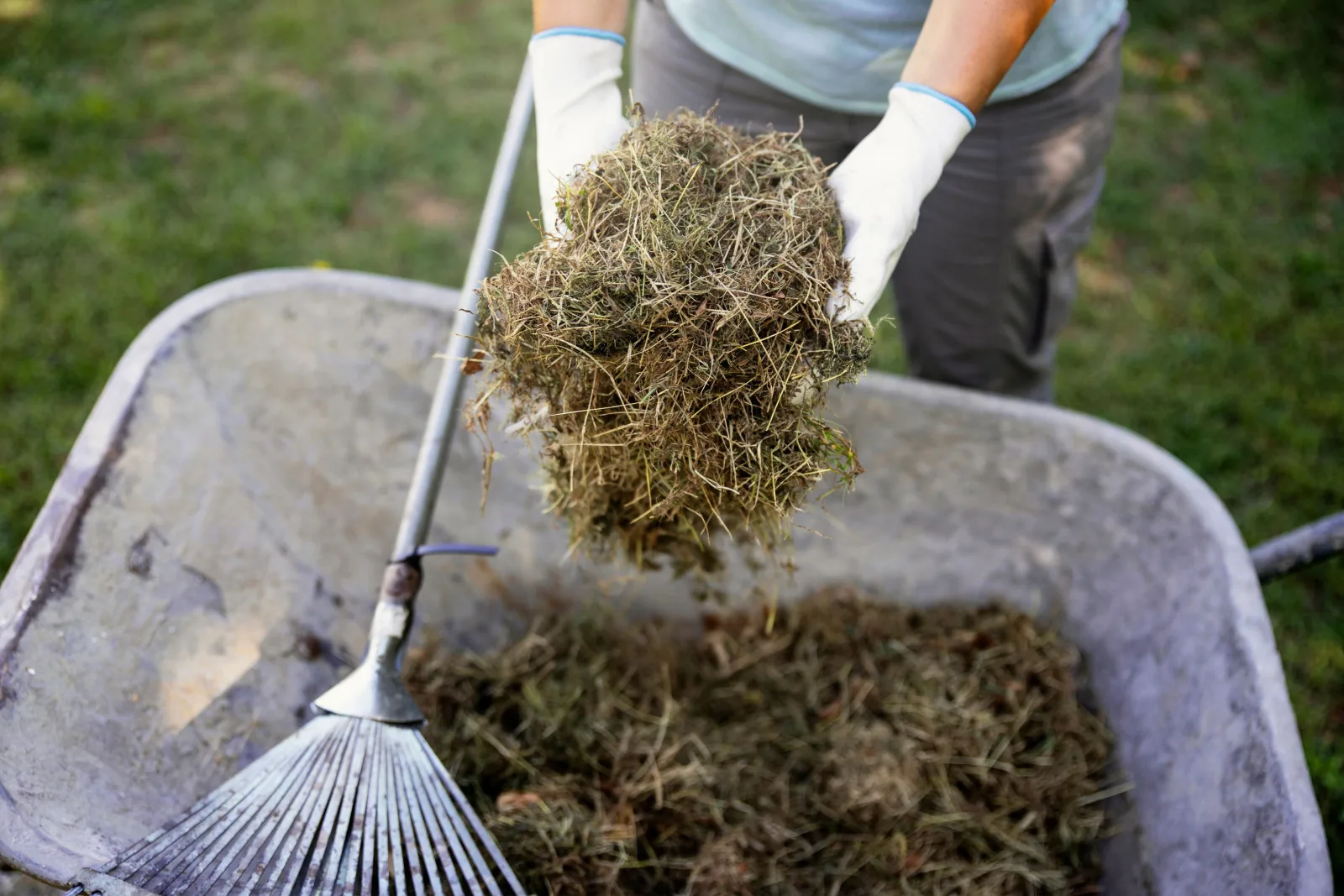

Landscaping Ideas
What To Do With Grass Clippings
Modified: March 26, 2024
Discover creative landscaping ideas for utilizing grass clippings to enhance your outdoor space. Find eco-friendly solutions and practical tips for a greener lawn.
(Many of the links in this article redirect to a specific reviewed product. Your purchase of these products through affiliate links helps to generate commission for Storables.com, at no extra cost. Learn more)
Introduction
When it comes to lawn care, there's an ongoing debate about what to do with grass clippings after mowing. Some homeowners diligently gather and dispose of the clippings, while others prefer to leave them on the lawn. The decision often hinges on factors such as aesthetic preferences, local regulations, and concerns about thatch buildup. However, there are compelling reasons to consider leaving grass clippings on the lawn or repurposing them in various ways. In this article, we will explore the benefits of leaving grass clippings on the lawn, creative ways to use them in the garden, the art of composting, mulching techniques, and proper disposal methods. Whether you're a seasoned gardener or just starting to explore the world of landscaping, understanding the value of grass clippings and how to manage them effectively can significantly enhance the health and vibrancy of your outdoor spaces. Let's delve into the diverse and eco-friendly possibilities awaiting within those seemingly mundane grass clippings.
Key Takeaways:
- Embrace grasscycling by leaving clippings on your lawn to naturally fertilize, retain moisture, and enrich the soil, promoting a lush, eco-friendly lawn with minimal effort and waste.
- Repurpose grass clippings in your garden as natural mulch, compost material, or soil amendment to suppress weeds, conserve moisture, and foster a thriving, sustainable garden ecosystem.
Read more: What To Do With Grass Clippings
Benefits of Leaving Grass Clippings on the Lawn
Contrary to popular belief, leaving grass clippings on the lawn can be highly beneficial for the overall health of your turf. This practice, known as "grasscycling," not only saves time and effort but also contributes to the well-being of your lawn in the following ways:
- Natural Fertilization: Grass clippings are rich in nutrients, including nitrogen, potassium, and phosphorus. When left on the lawn, they act as a natural fertilizer, returning valuable nutrients to the soil as they decompose. This process helps promote healthy grass growth and reduces the need for synthetic fertilizers.
- Moisture Retention: As grass clippings break down, they form a thin layer that helps retain moisture in the soil. This natural mulch reduces water evaporation, keeping the underlying soil consistently moist and promoting robust root development.
- Soil Enrichment: Decomposing grass clippings enhance the soil structure by increasing organic matter content. This enrichment improves soil aeration, drainage, and overall fertility, creating an optimal environment for beneficial soil organisms and microorganisms.
- Thatch Prevention: Contrary to common concerns, leaving grass clippings on the lawn does not contribute to thatch buildup. Thatch is primarily composed of stems, roots, and other slow-to-decompose organic matter, not grass clippings. In fact, the microbial activity fueled by grass clippings can help break down thatch, promoting a healthier lawn.
- Environmental Impact: Embracing grasscycling reduces the volume of green waste sent to landfills, lessening the environmental burden. By keeping grass clippings on the lawn, you contribute to sustainable waste management and minimize the carbon footprint associated with lawn maintenance.
By recognizing the inherent benefits of leaving grass clippings on the lawn, you can harness nature's own recycling system to nurture a lush, resilient, and eco-friendly lawn.
Ways to Use Grass Clippings in the Garden
Grass clippings can serve as valuable resources in garden maintenance and cultivation, offering versatile applications beyond lawn care. Here are several creative ways to repurpose grass clippings in the garden:
- Mulch for Garden Beds: Apply a thin layer of dried grass clippings around garden plants to serve as a natural mulch. This helps suppress weed growth, conserve soil moisture, regulate soil temperature, and gradually enrich the soil as the clippings decompose.
- Compost Material: Incorporate grass clippings into your compost pile to introduce nitrogen-rich "green" materials. When balanced with "brown" materials such as leaves or shredded paper, grass clippings contribute to the creation of nutrient-dense compost, fostering healthy soil and robust plant growth.
- Soil Amendment: Mix grass clippings into garden soil to enhance its organic matter content. This practice improves soil structure, fertility, and microbial activity, promoting optimal conditions for plant root development and nutrient uptake.
- Pathway Cover: Utilize grass clippings as a natural pathway cover in the garden. Apply a layer of dried clippings to create a soft, weed-suppressing surface that decomposes over time, enriching the underlying soil.
- Vegetable Garden Bedding: Use dried grass clippings as bedding material for vegetable garden paths or between raised beds. This not only reduces weed growth but also provides a soft, clean surface for tending to plants without compacting the soil.
By integrating grass clippings into your gardening practices, you can harness their nutrient-rich composition to enhance soil fertility, suppress weeds, conserve moisture, and foster a thriving garden ecosystem. These sustainable techniques not only minimize waste but also contribute to the long-term vitality of your garden.
Composting Grass Clippings
Composting grass clippings is a sustainable and effective way to manage organic waste while creating nutrient-dense soil amendments for your garden. When properly balanced with other compost materials, grass clippings can accelerate the decomposition process and contribute valuable nutrients to the resulting compost. Here’s how to compost grass clippings effectively:
- Layering Technique: Alternate layers of grass clippings with "brown" materials such as dry leaves, shredded paper, or straw. This balance of nitrogen-rich "green" materials and carbon-rich "brown" materials helps prevent clumping and odor issues while promoting efficient decomposition.
- Aeration: Turn the compost pile regularly to aerate the materials and facilitate decomposition. This helps maintain optimal moisture levels and oxygen distribution, fostering the activity of beneficial microorganisms and accelerating the breakdown of organic matter.
- Moisture Management: Ensure that the compost pile remains consistently moist, similar to a wrung-out sponge. Water the pile as needed, especially during dry periods, to support microbial activity and decomposition processes.
- Temperature Monitoring: Monitor the internal temperature of the compost pile, aiming for a range of 130-150°F (54-65°C). This temperature range promotes rapid decomposition and helps eliminate weed seeds and pathogens, yielding a safe and high-quality compost product.
- Maturation Period: Allow the compost to mature for several months, periodically turning the pile to ensure uniform decomposition. Once the materials have broken down into a dark, crumbly, earthy-smelling substance, the compost is ready to enrich your garden soil.
By composting grass clippings alongside other organic materials, you can transform yard waste into a valuable resource that enhances soil fertility, promotes healthy plant growth, and reduces the need for synthetic fertilizers. This sustainable practice aligns with the principles of environmental stewardship and contributes to the overall health and sustainability of your garden ecosystem.
Consider leaving grass clippings on your lawn after mowing. They can act as a natural fertilizer, returning nutrients to the soil and reducing the need for chemical fertilizers.
Mulching with Grass Clippings
Utilizing grass clippings as mulch in your garden and landscape beds can offer a range of benefits, contributing to soil health, moisture retention, and weed suppression. When applied correctly, grass clippings serve as a natural and cost-effective mulching material. Here’s how to effectively mulch with grass clippings:
- Application Technique: Spread a thin layer of dried grass clippings around garden plants, ensuring an even distribution without forming thick clumps. The mulch layer should ideally be around 1 to 2 inches thick to provide effective coverage and insulation.
- Moisture Regulation: Grass clippings act as an effective moisture-retaining mulch, reducing water evaporation from the soil surface. This helps maintain consistent soil moisture levels, particularly during hot and dry periods, promoting healthy plant growth and reducing the need for frequent irrigation.
- Weed Suppression: A layer of grass clippings serves as a natural weed barrier, inhibiting weed germination and growth. This minimizes the competition for nutrients and sunlight, allowing your garden plants to thrive without the encroachment of unwanted vegetation.
- Soil Enrichment: As grass clippings decompose, they release valuable nutrients into the soil, enriching the underlying earth and promoting robust plant growth. This natural fertilization process contributes to the long-term vitality of your garden beds and landscape plantings.
- Drying Process: To prevent clumping and odor issues, allow grass clippings to dry thoroughly before using them as mulch. Spread the clippings in a thin layer in a well-ventilated area, turning them occasionally to promote even drying.
By incorporating grass clippings as mulch in your garden, you can harness their natural benefits to foster a thriving and sustainable landscape. This eco-friendly practice not only minimizes waste but also contributes to the overall health and resilience of your garden beds and ornamental plantings.
Disposing of Grass Clippings Properly
While leaving grass clippings on the lawn or repurposing them offers numerous benefits, there are instances when proper disposal becomes necessary. Whether due to an excess of clippings, local regulations, or personal preferences, disposing of grass clippings responsibly is essential to minimize environmental impact and maintain a tidy outdoor space. Here are several eco-friendly methods for disposing of grass clippings:
- Community Composting Programs: Many communities offer composting facilities or curbside collection programs that accept grass clippings. Contact local waste management authorities or environmental organizations to inquire about available composting options in your area.
- Green Waste Recycling Centers: Locate nearby green waste recycling centers that accept grass clippings and other organic yard waste. These facilities process green waste into compost or mulch, diverting it from landfills and contributing to sustainable waste management practices.
- Home Composting: If feasible, consider establishing a home composting system to manage grass clippings and other organic materials. Composting at home not only reduces the volume of waste sent to landfills but also produces nutrient-rich compost for your garden.
- Organic Waste Collection Services: Explore organic waste collection services offered by local waste management companies. Some providers offer specialized collection bins or scheduled pickups for organic yard waste, including grass clippings.
- Green Waste Disposal Regulations: Familiarize yourself with local regulations pertaining to green waste disposal, including grass clippings. Some areas have specific guidelines for proper disposal methods, and compliance with these regulations helps uphold environmental standards and community cleanliness.
By choosing responsible disposal methods for grass clippings, you can contribute to sustainable waste management and environmental conservation efforts. Whether through community composting initiatives, home composting practices, or collaboration with local waste management services, proper disposal ensures that grass clippings are repurposed or processed in a manner that minimizes environmental impact and supports the well-being of your community.
Conclusion
Grass clippings, often viewed as mere byproducts of lawn maintenance, possess remarkable potential to contribute to the health, fertility, and sustainability of outdoor spaces. By recognizing the diverse applications and benefits of grass clippings, homeowners and garden enthusiasts can leverage these natural resources to enhance their landscapes while minimizing waste. Whether through grasscycling, composting, mulching, or responsible disposal, the management of grass clippings plays a pivotal role in promoting environmental stewardship and nurturing vibrant outdoor ecosystems.
Embracing the practice of leaving grass clippings on the lawn fosters a self-sustaining cycle of natural fertilization, moisture retention, and soil enrichment. This approach not only reduces the reliance on synthetic fertilizers and promotes healthy turf but also aligns with eco-friendly lawn care principles. Furthermore, repurposing grass clippings in the garden as mulch, compost material, or soil amendment contributes to the vitality of plants, suppresses weed growth, and fosters sustainable cultivation practices.
Composting grass clippings represents a proactive step toward waste reduction and resource optimization. By integrating grass clippings into composting systems, homeowners can transform organic yard waste into nutrient-rich soil amendments that nourish gardens and landscapes. Additionally, responsible disposal methods, such as community composting programs and green waste recycling, ensure that grass clippings are repurposed in a manner that supports environmental conservation and sustainable waste management.
In essence, the humble grass clippings embody a wealth of potential that extends beyond the confines of lawn maintenance. Their role in nurturing healthy soil, promoting plant growth, and minimizing environmental impact underscores the value of sustainable landscaping practices. By harnessing the inherent benefits of grass clippings and adopting eco-conscious management approaches, homeowners can cultivate thriving and resilient outdoor environments while contributing to broader sustainability efforts.
As we embrace the possibilities within those seemingly mundane grass clippings, we embark on a journey toward greener, more vibrant landscapes and a more sustainable future for our outdoor spaces.
Frequently Asked Questions about What To Do With Grass Clippings
Was this page helpful?
At Storables.com, we guarantee accurate and reliable information. Our content, validated by Expert Board Contributors, is crafted following stringent Editorial Policies. We're committed to providing you with well-researched, expert-backed insights for all your informational needs.
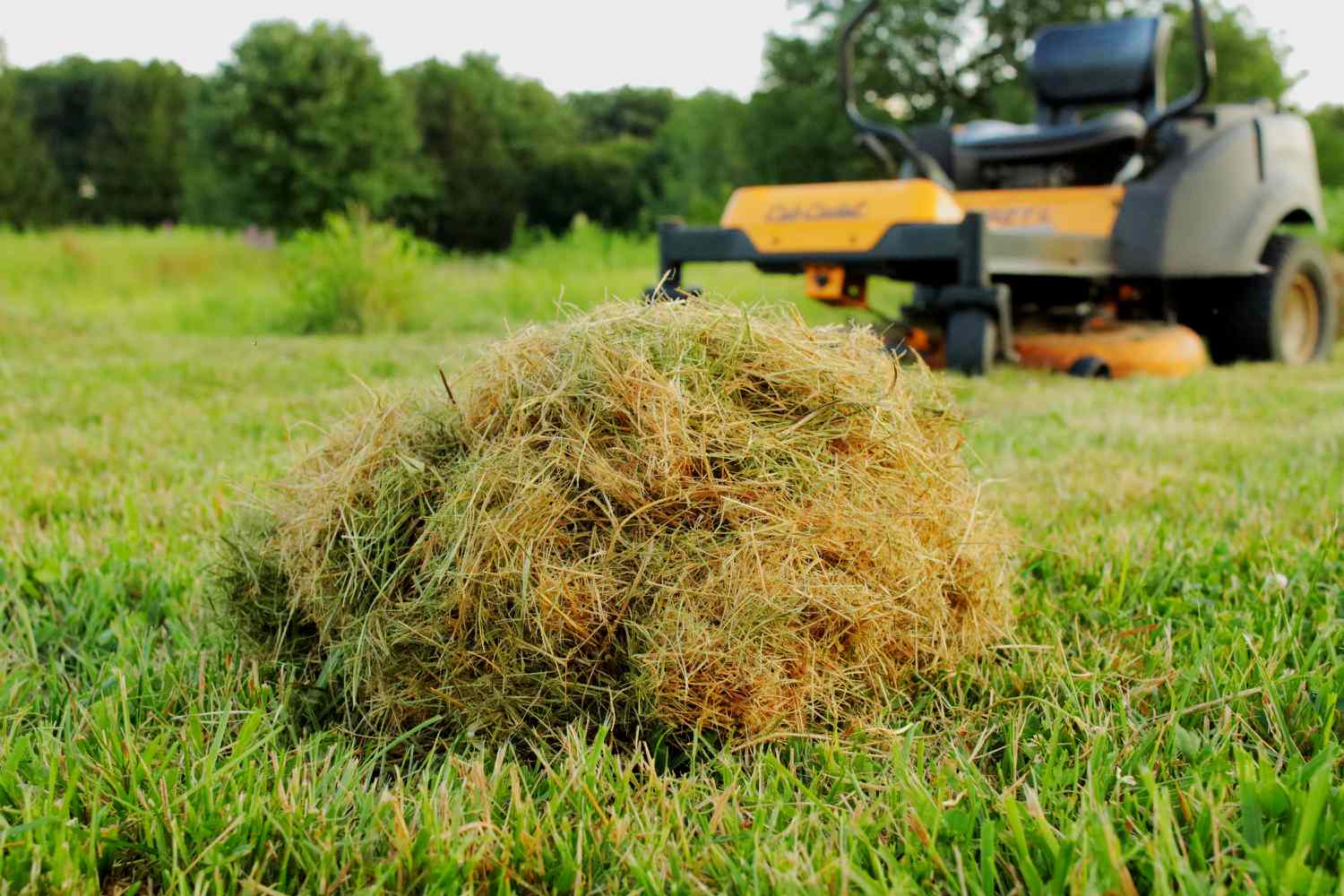
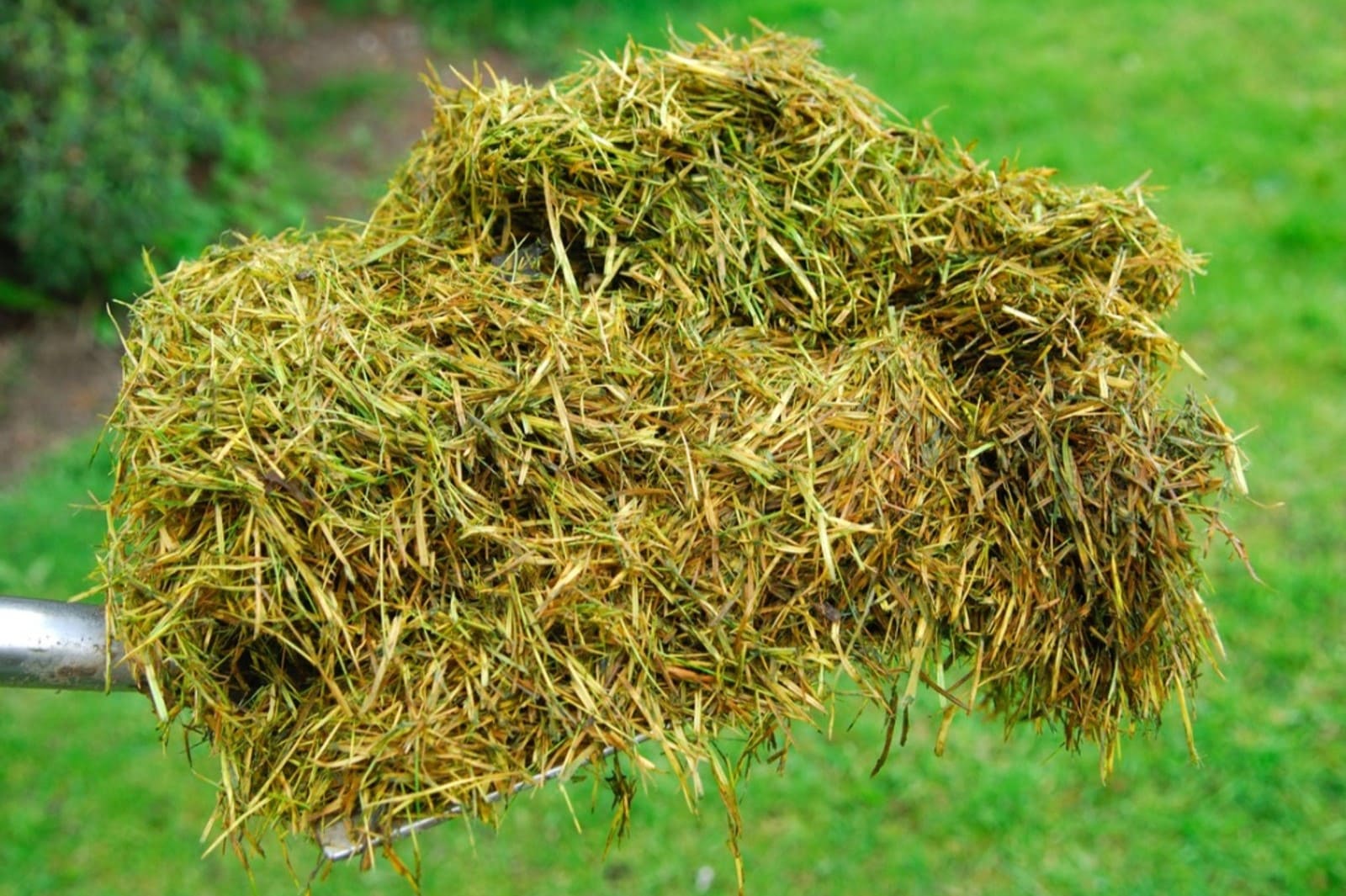
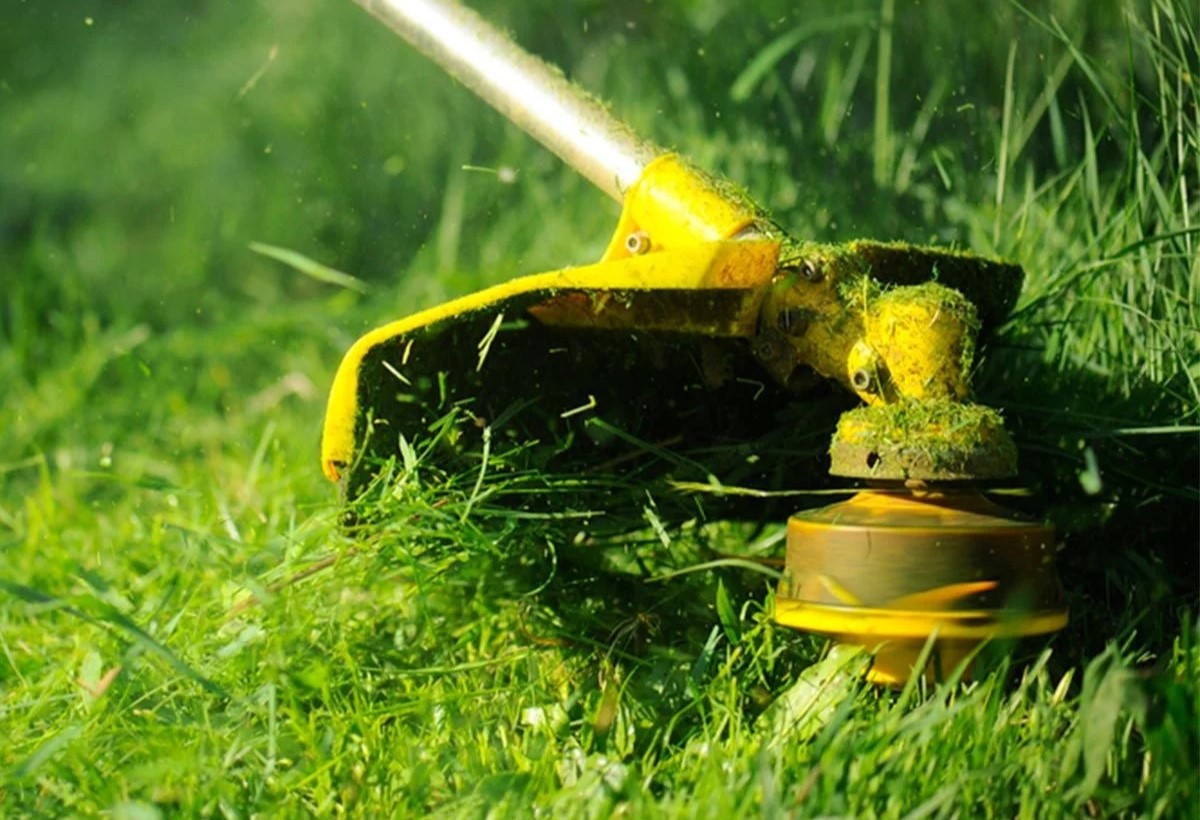
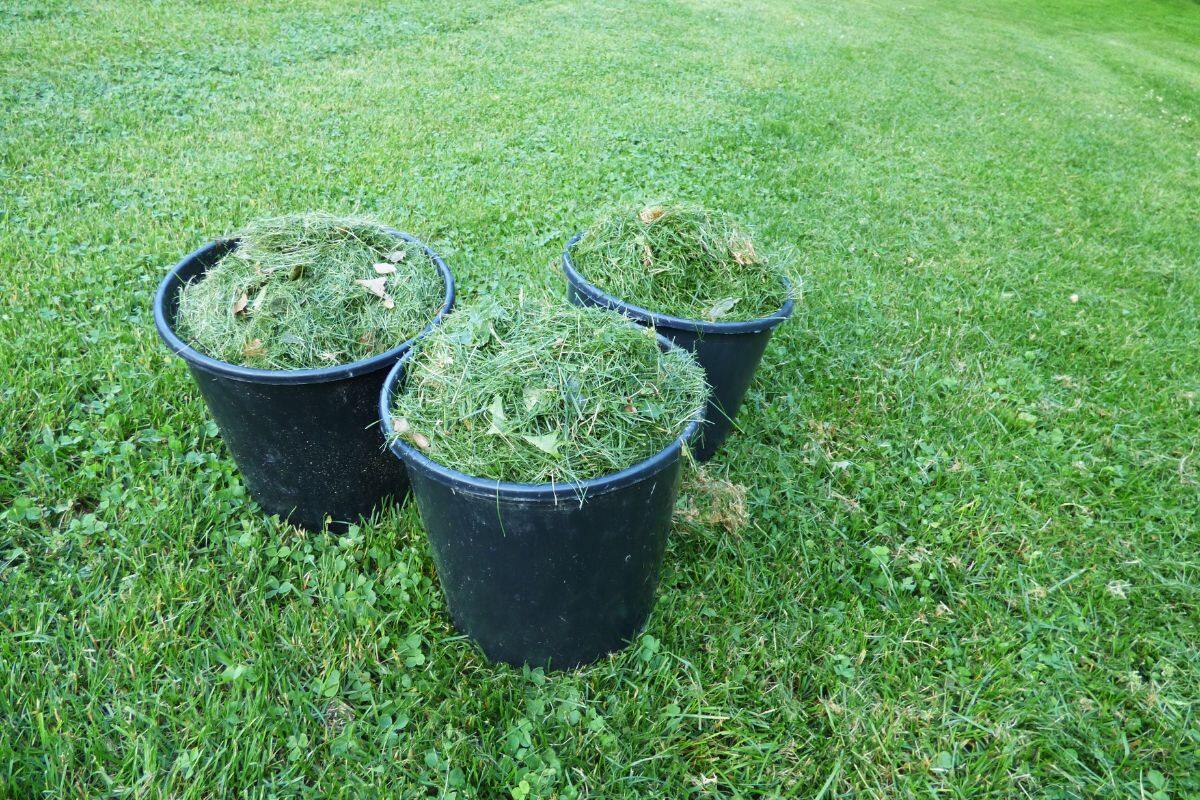
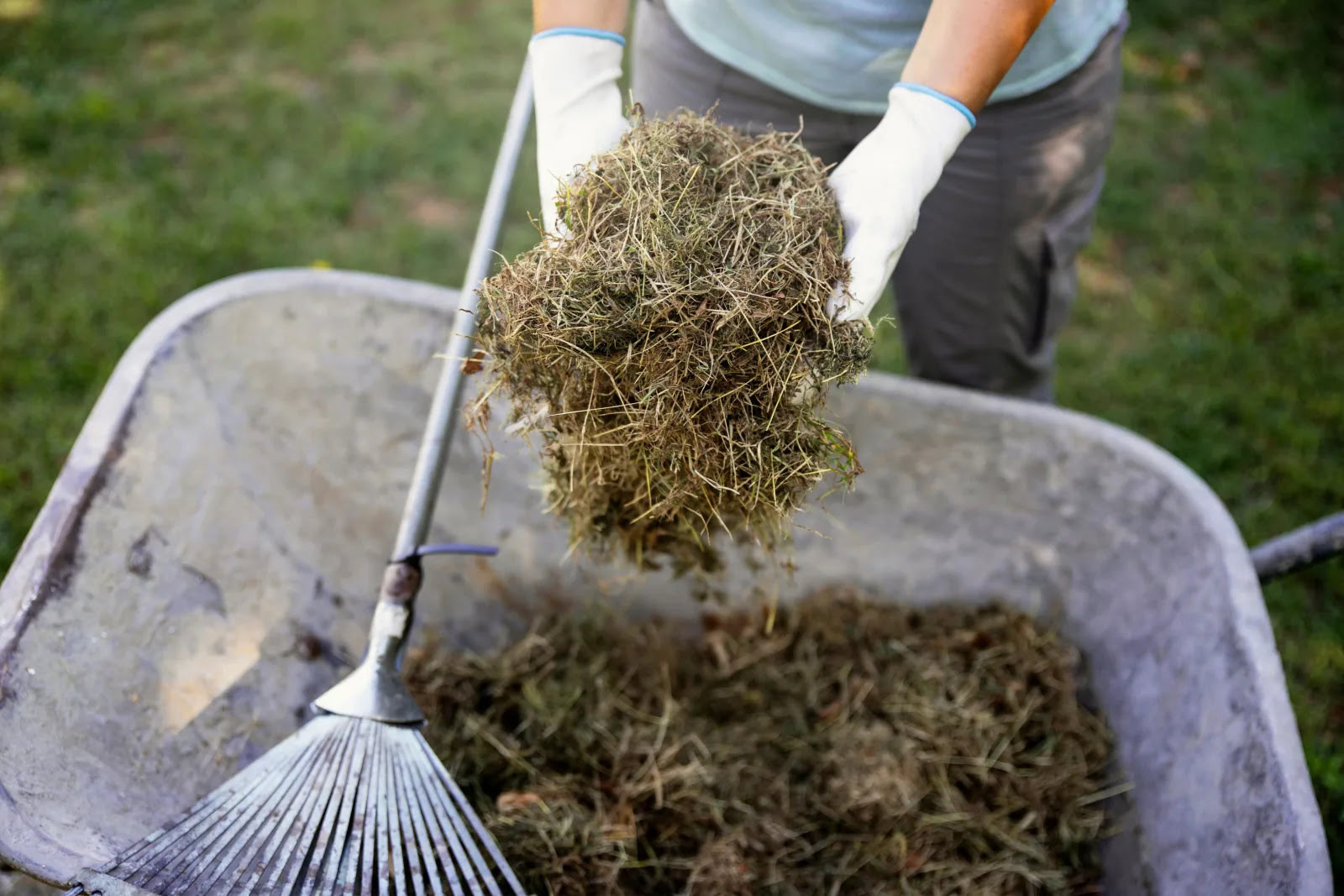
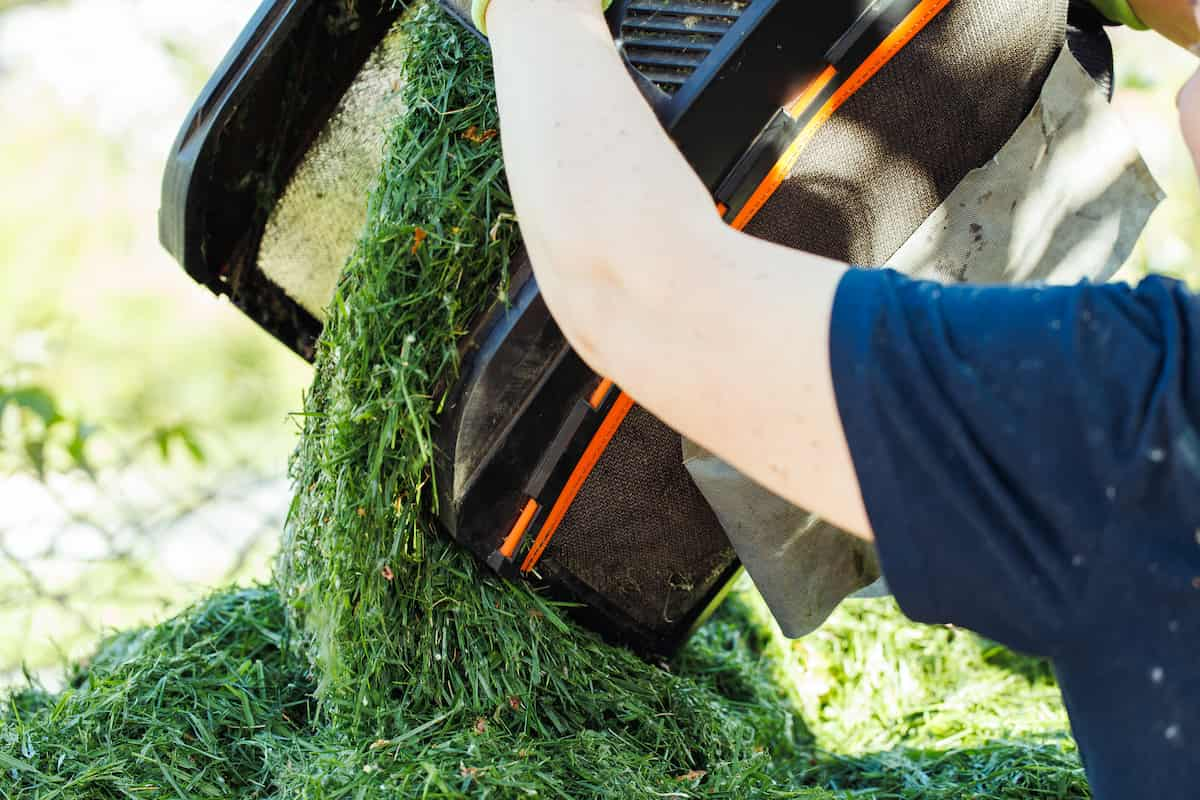
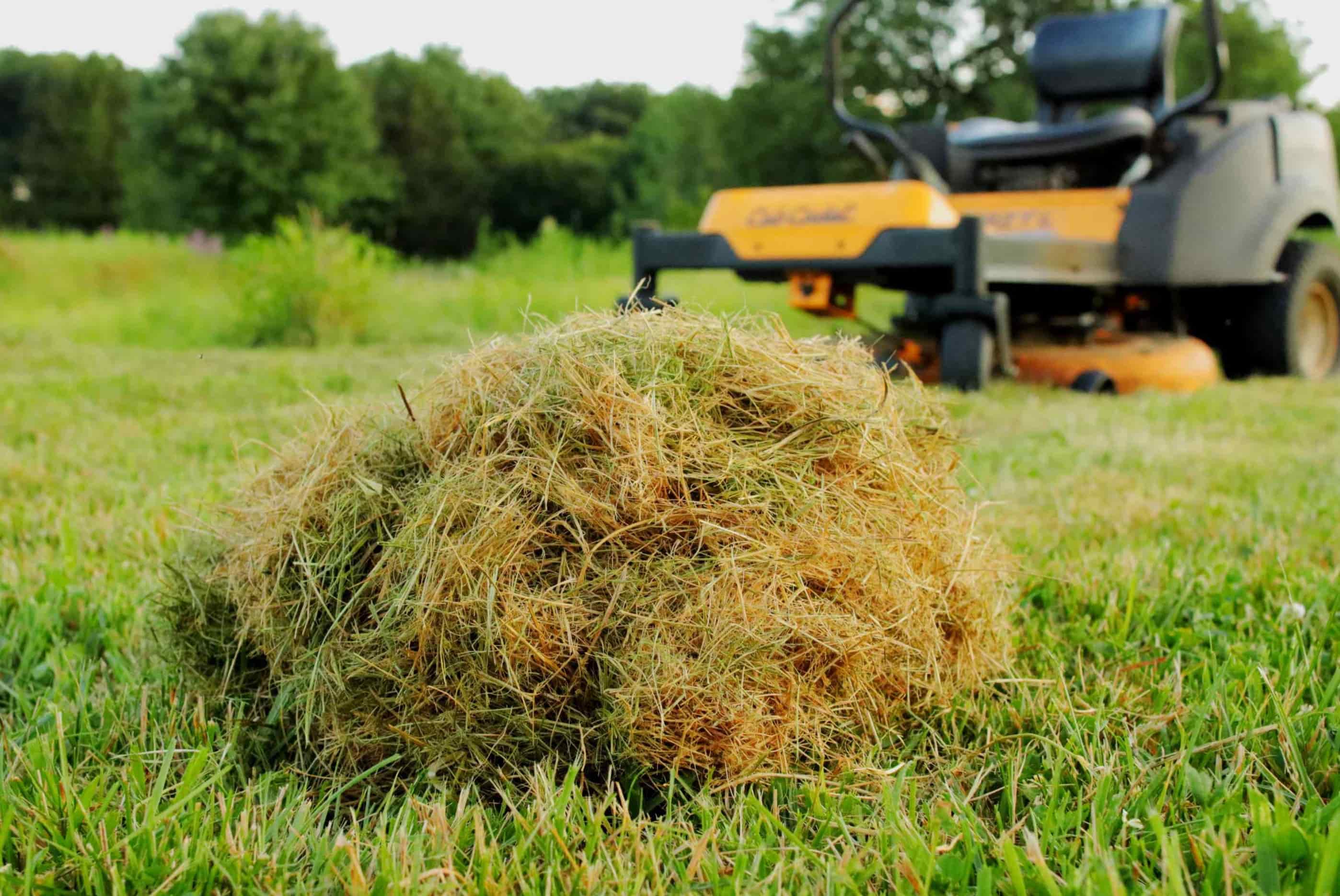
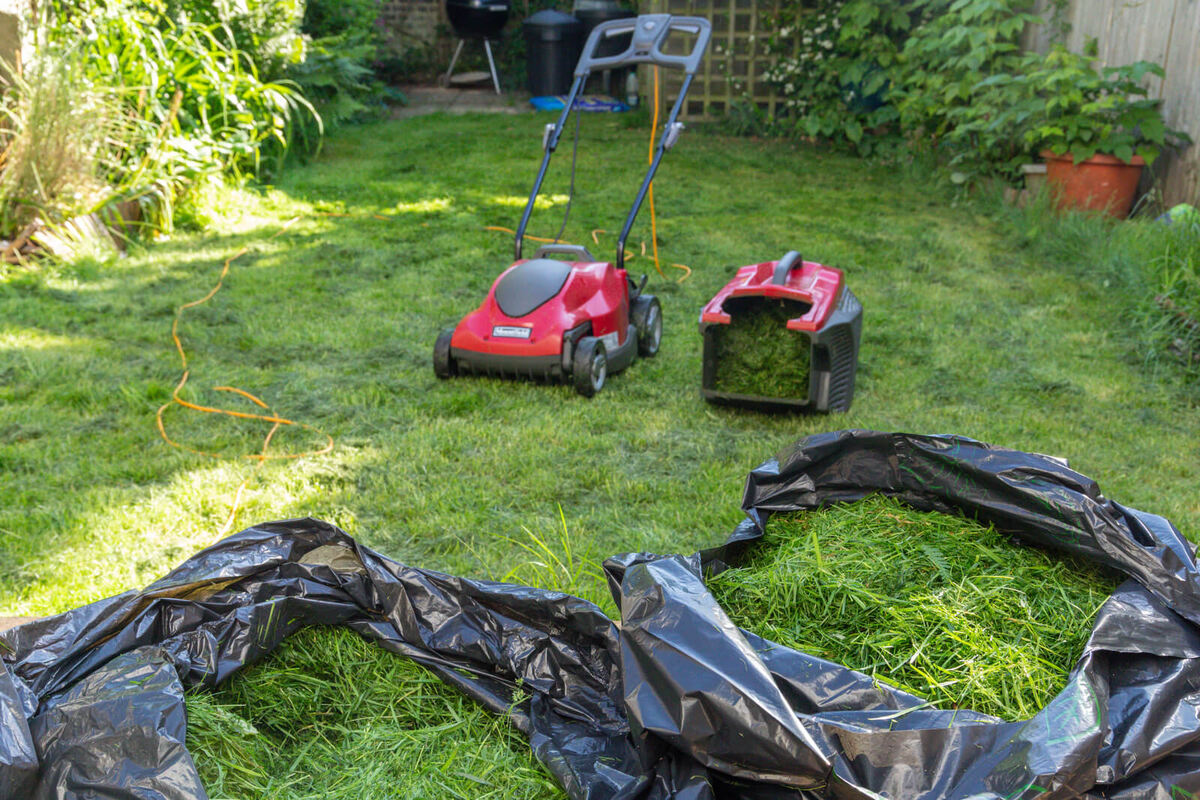
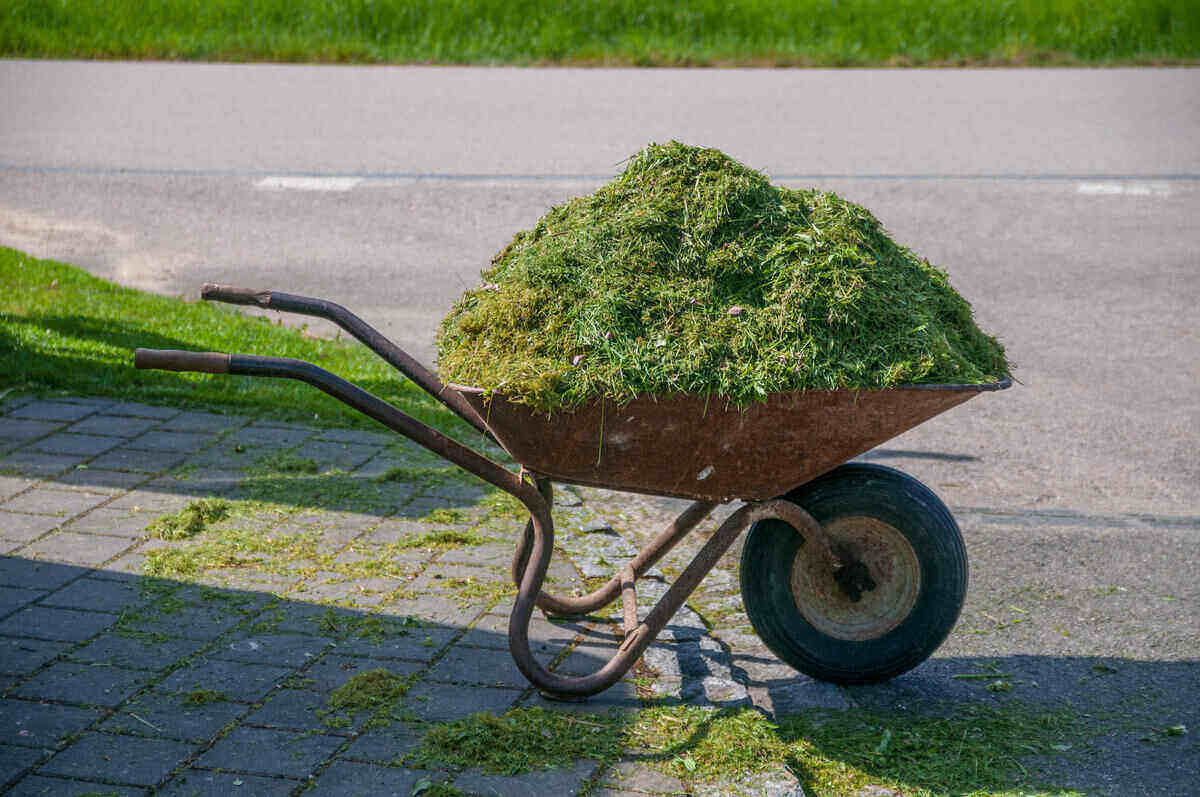
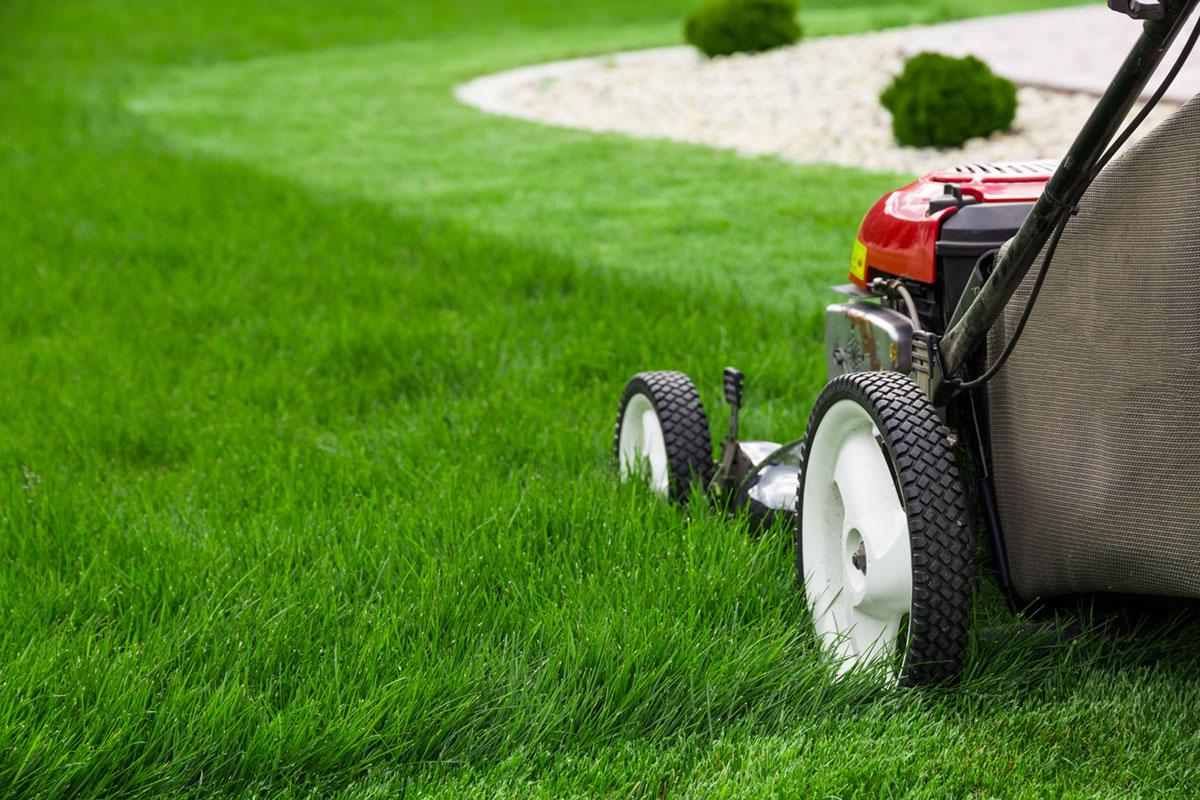
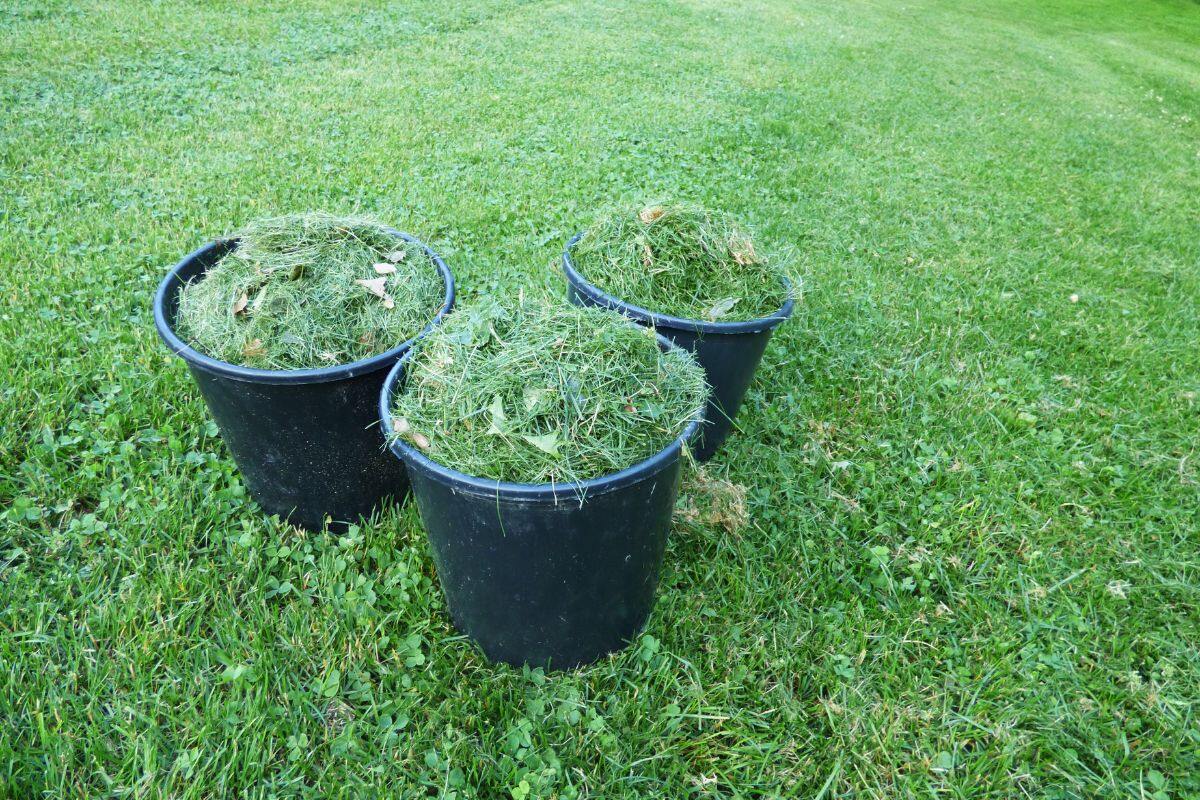
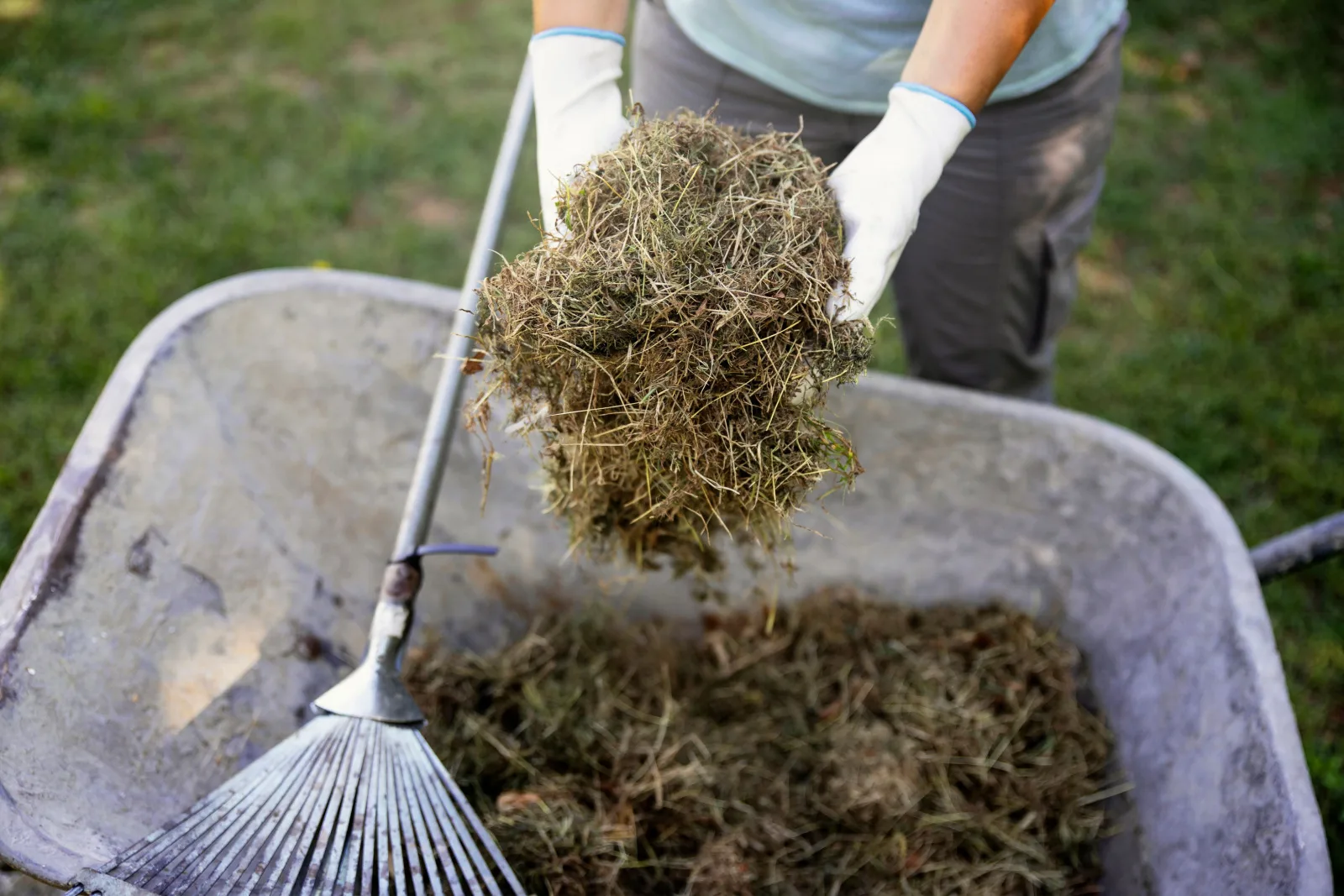
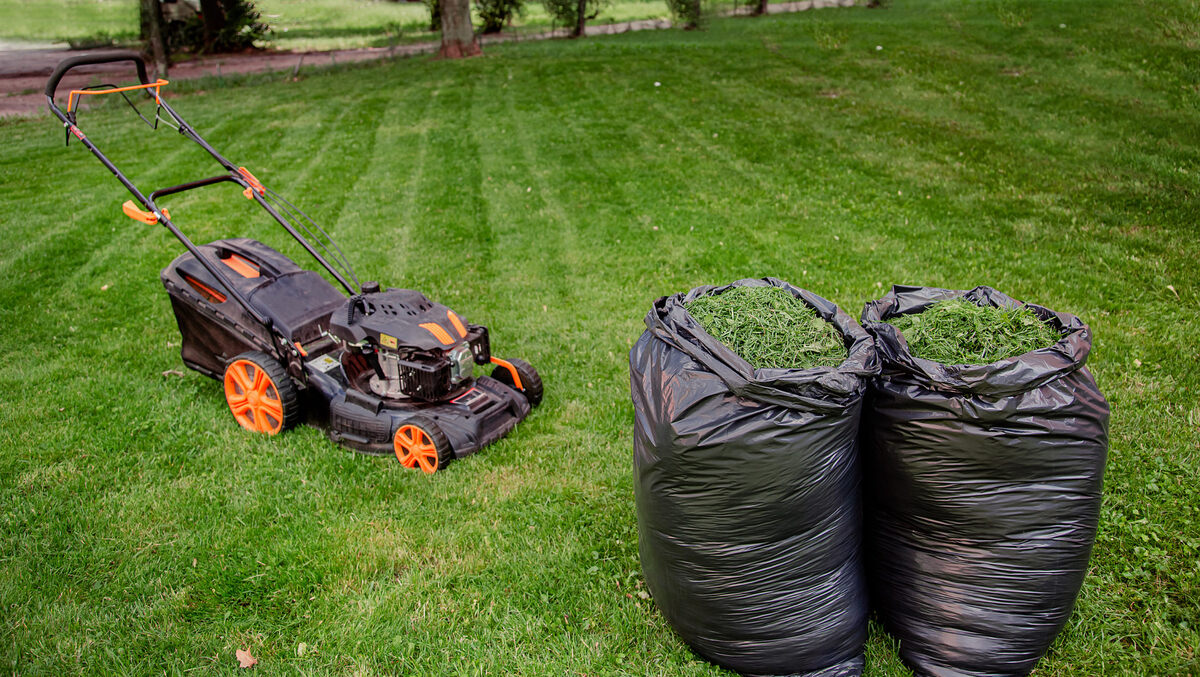
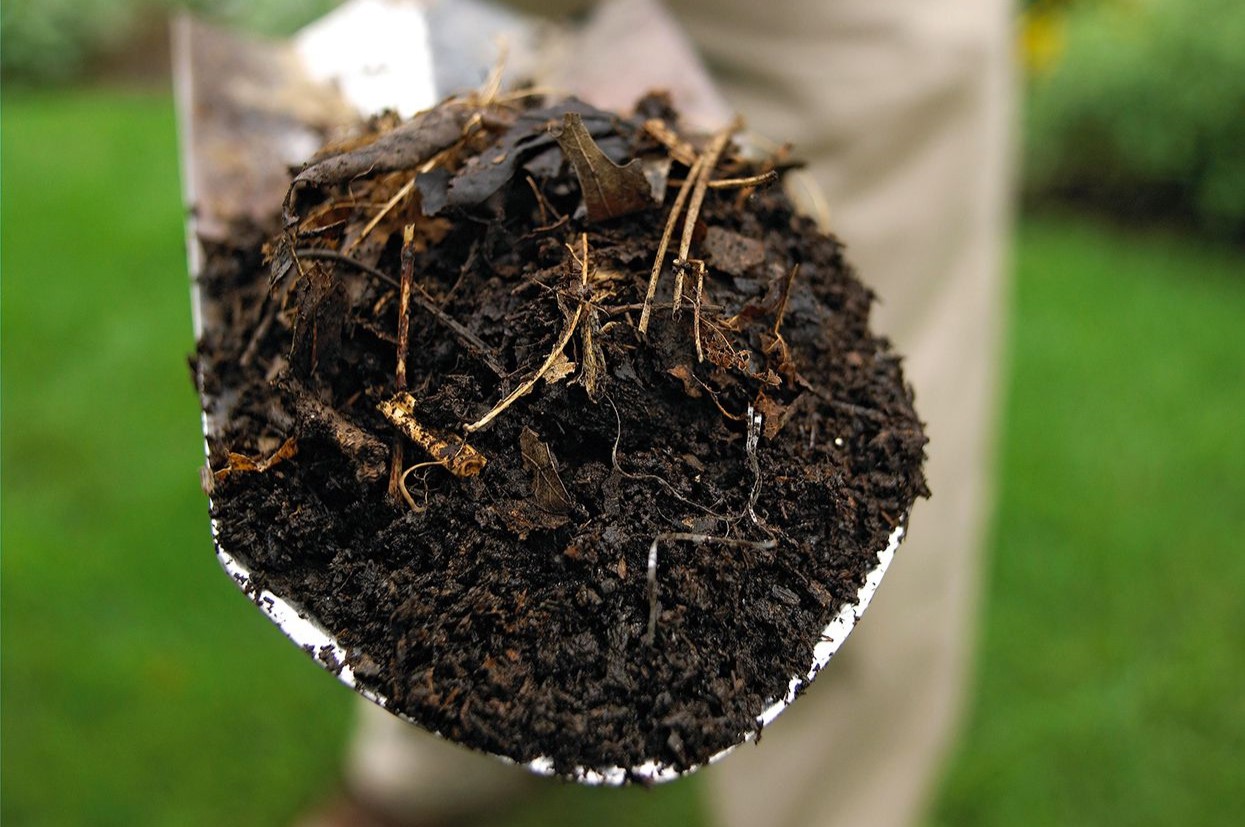

0 thoughts on “What To Do With Grass Clippings”